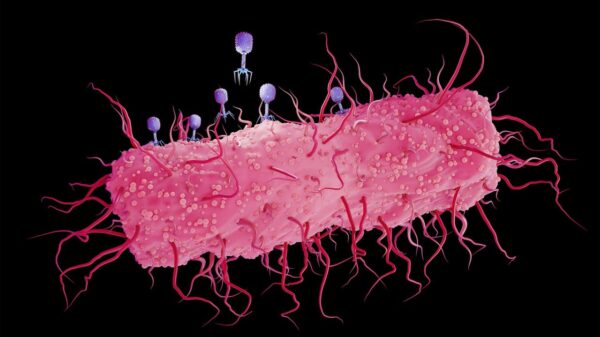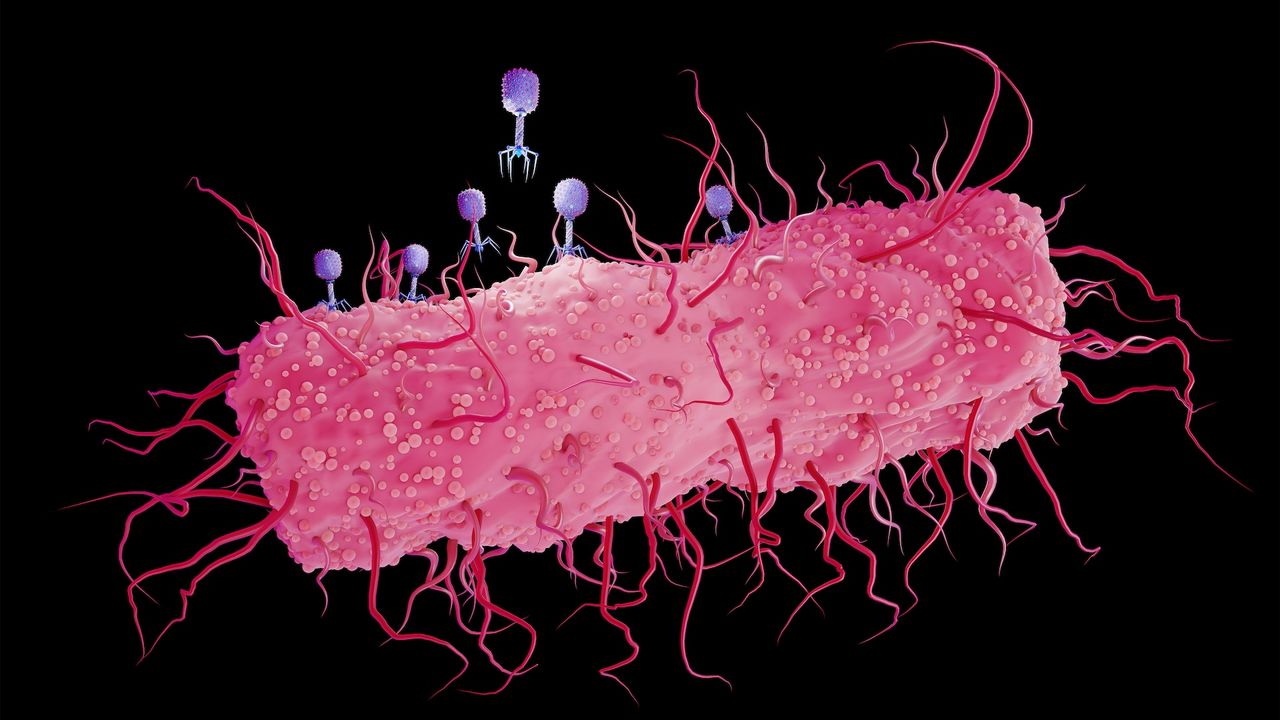On November 20, 1943, a groundbreaking experiment conducted by physicist Max Delbrück and biologist Salvador Luria provided compelling evidence supporting one of the central tenets of Charles Darwin’s theory of evolution. Their research, which took place at Indiana University and Vanderbilt University, demonstrated that mutations in bacteria arise spontaneously, rather than being induced by environmental pressures, as previously debated.
The significance of this experiment lies in its challenge to earlier theories surrounding genetic variation. Darwin, in his seminal work “On the Origin of Species” published in 1859, argued that natural variation occurs randomly, with environmental factors determining which traits are advantageous in a given context. In contrast, the early 19th-century naturalist Jean-Baptiste Lamarck suggested that environmental pressures could directly induce variation in organisms.
At the time of Delbrück and Luria’s research, there was considerable skepticism about whether mutations in bacteria could occur independently of external influences. Some scientists hypothesized that interactions between bacteriophages—viruses that infect bacteria—and their bacterial hosts could lead to induced resistance. This prompted Delbrück, who had escaped Nazi Germany, to explore genetics through the lens of physics, specifically drawing from principles of quantum mechanics.
Delbrück’s interest intensified when he encountered a newly characterized bacterium, Escherichia coli, and a phage that targeted it. The simplicity of observing individual phage particles under a microscope fascinated him. He recalled, “You could put them on a plate with a lawn of bacteria, and the next morning every virus particle would have eaten a macroscopic 1 mm hole in the lawn.”
In December 1940, at Cold Spring Harbor Laboratory in New York, Delbrück met Luria, who shared a similar background, having also fled the Nazis. Luria, intrigued by the potential of phages to investigate genetic mechanisms, collaborated with Delbrück to determine whether these viruses could induce resistance in E. coli.
Their initial challenge lay in designing an experiment that could definitively distinguish between random mutations and those induced by phages. A chance conversation about statistics while playing a slot machine led Luria to the idea of using statistical analysis to differentiate between the two types of mutations.
The duo established a series of experimental tubes filled with E. coli, exposing them to phages and culturing them on plates. They hypothesized that if mutations were induced by phages, the resulting bacteria would show uniform resistance across all plates. Conversely, if mutations occurred randomly, there would be greater variability in the number of resistant bacteria, with some cultures experiencing a “jackpot” of resistant E. coli due to early mutations.
The results of their “fluctuation test” confirmed that mutations arose randomly, reinforcing the Darwinian concept of natural selection acting upon spontaneous variation. Their findings were published in 1943, marking a significant milestone in genetics.
In the same year, Delbrück and Luria began collaborating with microbial chemist Alfred Hershey. Together, they advanced the understanding of genetic recombination, showing that phages could exchange genetic information within bacterial hosts. Their collaborative efforts culminated in the demonstration that DNA serves as the carrier of genetic information, a discovery for which they were jointly awarded the Nobel Prize in Physiology or Medicine in 1969.
Interestingly, while Delbrück and Luria’s work solidified the principle that natural selection acts upon random mutations, recent studies suggest that not all mutations are entirely random. For example, research indicates that mutation rates in essential genes may occur at lower rates compared to less critical genes in certain plant species. This evolving perspective highlights the complexity of genetic mechanisms and the need for ongoing research in the field.
The experiment conducted by Delbrück and Luria not only confirmed a fundamental aspect of Darwinian evolution but also laid the groundwork for future discoveries in genetics and molecular biology, shaping our understanding of evolution and the processes that drive it.



































































